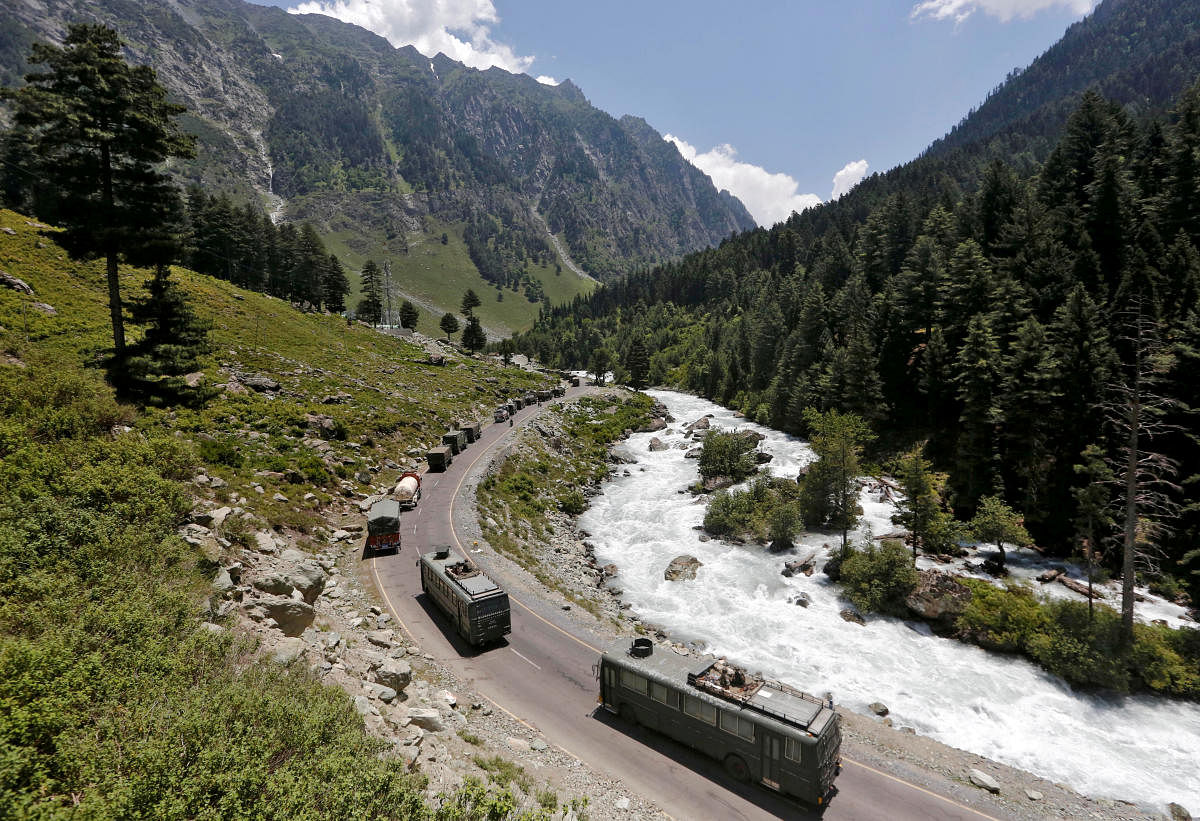
In what may be an indication of a roadblock in a mutually agreed troop reduction exercise by India and China in eastern Ladakh, Indian Army on Thursday said that the “disengagement process is intricate and requires constant verification,” which may happen through more rounds of discussions between the two neighbouring nations.
The official statement follows a 15-hour long meeting between senior military commanders at Chushul on Tuesday in which the two armies discussed the second and the trickiest part of disengagement in Pangong Tso and Depsang-Daulat Beg Oldie sectors in Ladakh.
In the first round, both had pulled back their troops at Galwan, Hot Springs and Gogra post.
“The two sides remain committed to the objective of complete disengagement. This process is intricate and requires constant verification. They are taking it forward through regular meetings at a diplomatic and military level,” Indian Army spokesperson Col Aman Anand said.
As the Indian side insisted on “total restoration” of status quo in all areas of eastern Ladakh prior to May 5 when the stand-off began following a clash between the troops of the two countries, it is the Pangong lake areas, where the People’s Liberation Army (PLA) heavily fortified its positions, and Depsang bulge, where it had cut into Indian Army’s traditional patrolling routes, have emerged as two major challenges.
“The senior commanders reviewed the progress on implementation of the first phase of disengagement and discussed further steps to ensure complete disengagement. The engagement was consistent with the consensus reached between the Special Representatives of India and China earlier, on July 5, to discuss complete disengagement,” Col Anand said.
An air of mistrust complicates the negotiation.
For instance, the Indian Army traditionally patrolled up to Finger 8 on the northern banks of the Pangong Lake but was stopped at Finger 4 in May when the stand-off began.
In the first phase of the disengagement, the PLA withdrew most its soldiers from Finger 4 and brought them to Finger 5 on the east, but kept few soldiers on the ridgelines to keep an eye on the Indians.
As a quid pro quo, India too had to withdraw its soldiers from its base at Finger 4 and moved backwards on the west.
At Depsang, the PLA had blocked the patrolling point 10, PP-11, PP-12 and PP-13.
If the Chinese troops get an upper hand in the Depsang, it would compromise India’s strategic Darbuk-Shyok-DBO road that connects DBO and Sub Sector North with Leh.
Defence Minister Rajnath Singh will be travelling to Leh on Friday for an on-the-spot appraisal by the senior Indian Army officers. He would also travel to a forward post.
On Wednesday, Army Chief Gen M M Naravane and Northern Army Commander Lt Gen Y K Joshi briefed the China Study Group – the government’s highest policy-making body on China, headed by the National Security Advisor Ajit Doval – on the outcome of the talk
